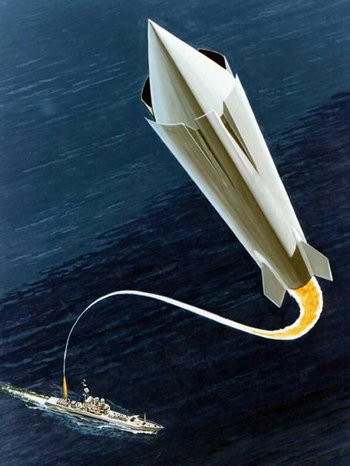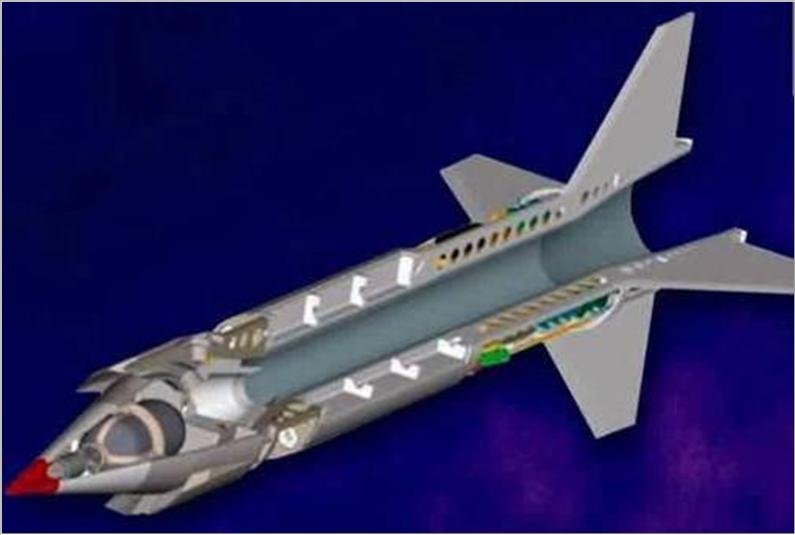brianc
Well-Known Member
- Joined
- Jan 17, 2009
- Messages
- 3,242
- Reaction score
- 6
Recently this item caught my eye-
https://www.atk.com/newsreleases2005/2005-12-15-test.asp
However, the only =scale= data info I can find on this vehicle, is it's (approx.) 106" long x 11" diameter.
Anybody got some insider info or pics?
EDIT: Hmmm. Could the HyFly program be it (or related)? Pic on this page-
https://www.atk.com/AdvancedWeaponSystems/advanceweaponsystems_hyfly.asp
Looks like FASTT is part of the HyFly program- https://www.darpa.mil/body/news/2005/hyfly_test.pdf
So.... Does anyone know what the inlet shroud looks like?
https://www.atk.com/newsreleases2005/2005-12-15-test.asp
A December 2005 Wallops newsletter indicates the FASTT was launched by a Terrier-Orion.Alliant Techsystems (NYSE: ATK), the Defense Advanced Research Projects Agency (DARPA) and the Office of Naval Research (ONR) successfully ground-launched and flew a hypersonic scramjet-powered vehicle from the Wallops Flight Facility, Wallops Island, Va. in a pre-dawn launch on Saturday, Dec. 10. This was the first-ever free flight of a scramjet-powered vehicle using conventional liquid hydrocarbon jet fuel. The launch and flight test were part of the Freeflight Atmospheric Scramjet Test Technique (FASTT) program sponsored by DARPA and ONR.
However, the only =scale= data info I can find on this vehicle, is it's (approx.) 106" long x 11" diameter.
Anybody got some insider info or pics?
EDIT: Hmmm. Could the HyFly program be it (or related)? Pic on this page-
https://www.atk.com/AdvancedWeaponSystems/advanceweaponsystems_hyfly.asp
Using an innovative flight-test technique, ATK is providing key program risk reduction by carrying out a series of flight experiments employing low-cost, two-stage sounding rockets to transport airframe-integrated, scramjet-powered missile demonstrators to appropriate hypersonic speeds and altitudes.
Initial flight tests of an un-powered airframe at Mach 6 and approximately 60,000 feet have been highly successful. The next series of tests will use a fully operational scramjet engine integrated to the airframe.
Looks like FASTT is part of the HyFly program- https://www.darpa.mil/body/news/2005/hyfly_test.pdf
So.... Does anyone know what the inlet shroud looks like?






